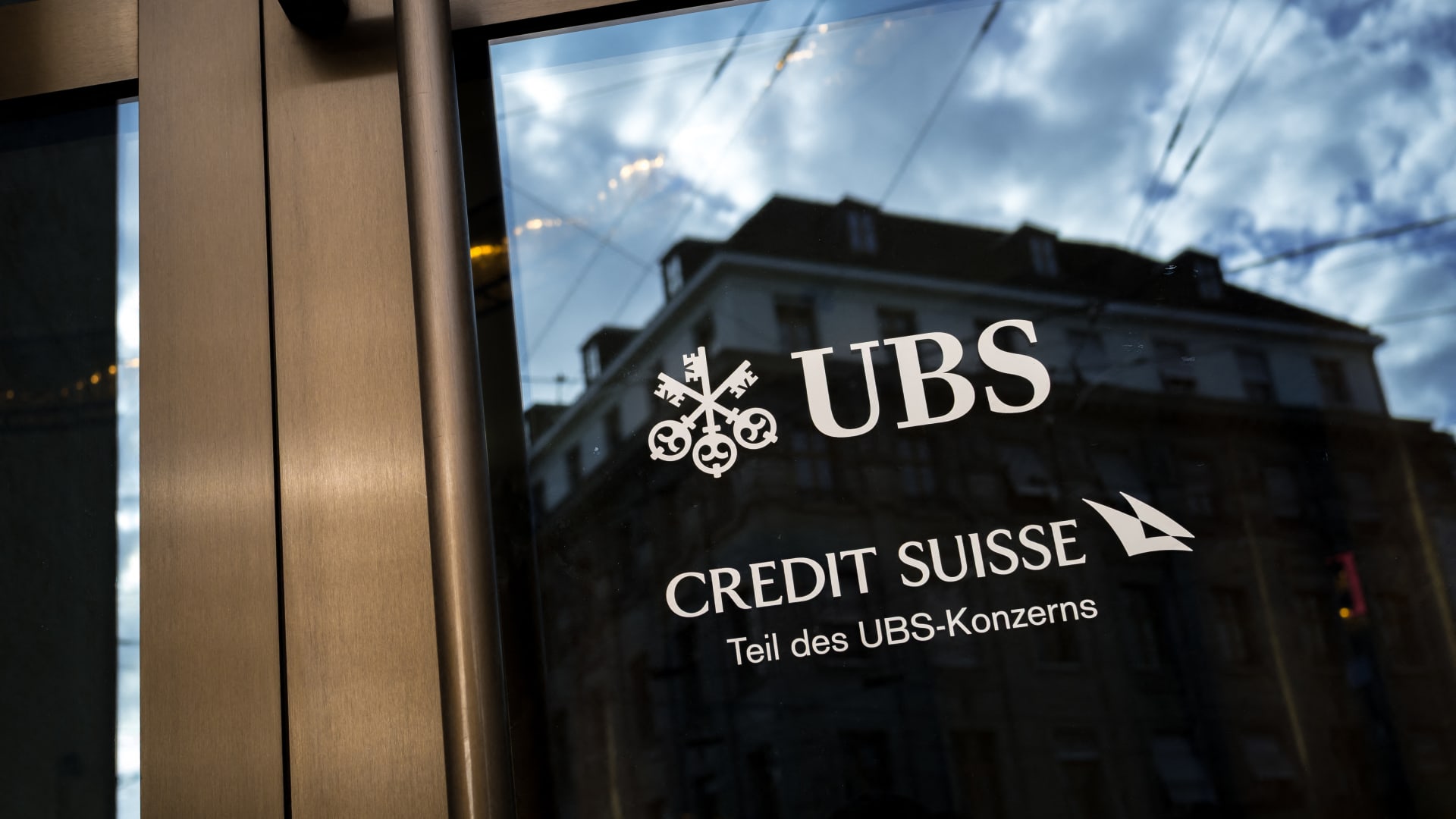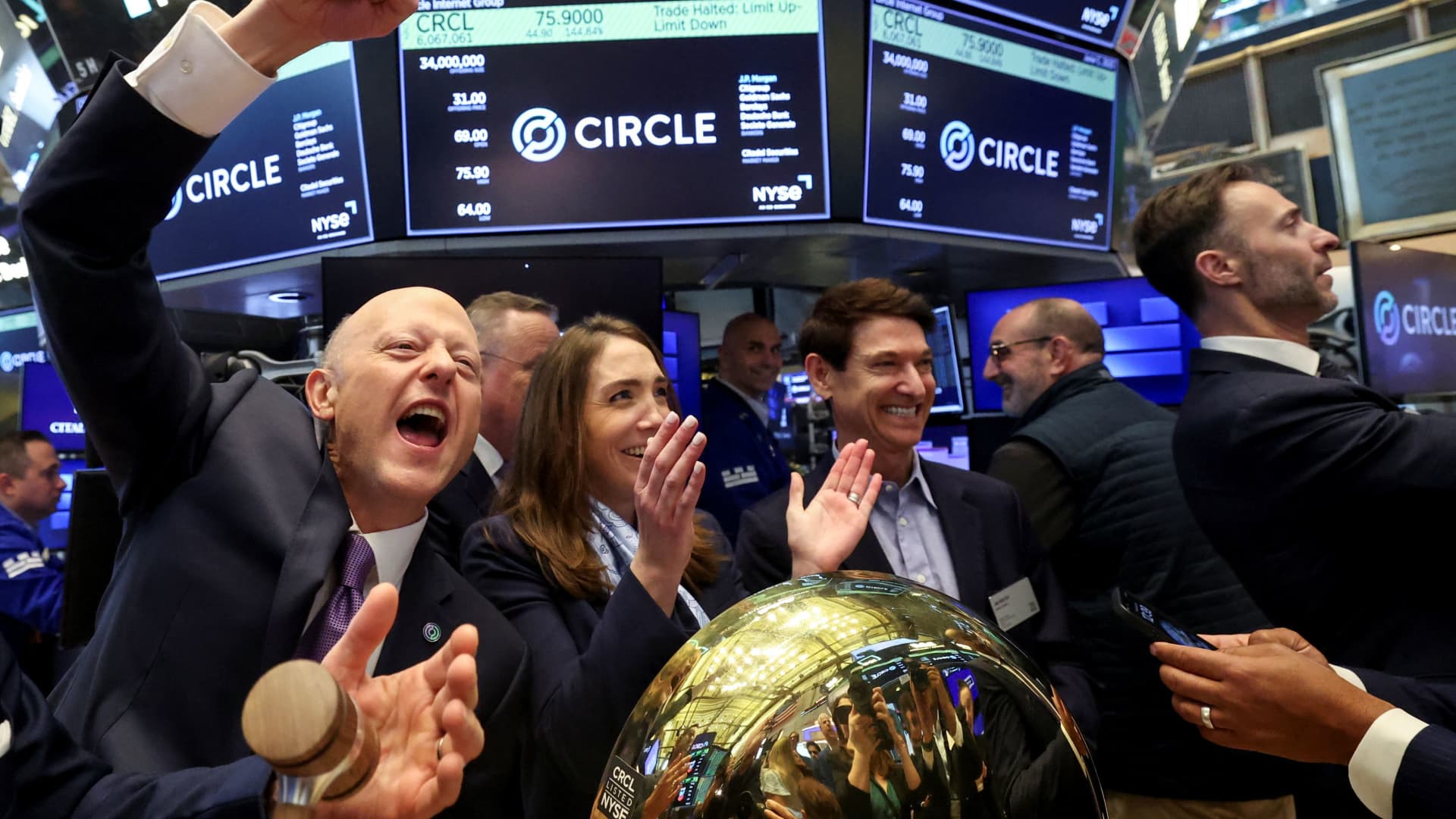Pittsburgh, Jackson, Syracuse and Toledo all rank among the most affordable cities. (iStock)
The housing market has seen better days. Although housing affordability is trending upward, according to the National Association of Realtors, mortgage rates and homeowners insurance are still up across the country, adding to the cost of homeownership.
The current state of the market is leaving some buyers searching for affordable areas. Zillow recently released an analysis of 25 metro areas which showed the cost of housing is less than 30% of an average household budget.
It’s often recommended that homebuyers pay a third of their income or less towards housing costs. This is considered affordable and leaves money for other necessities and savings.
Here are the 25 areas Zillow’s study deems most affordable.
If you think you’re ready to shop around for a home loan, consider using Credible to help you easily compare interest rates from multiple lenders at once.
HOMEOWNERS’ MONTHLY MORTGAGE PAYMENTS DROPPED TO LOWEST RATE IN YEARS
1. Pittsburgh, Pennsylvania
Pennsylvania’s second-largest city is home to just over 300,000 people and has some of the lowest housing costs in the country. The average home value is $202,454, according to the Zillow study. This creates a typical mortgage payment of about $1,053.
2. Jackson, Mississippi
For warm weather and a city steeped in history, Jackson, Mississippi is the largest city in the state with housing costs averaging under $200,000. The Zillow report found the typical home value is $185,338, equaling a mortgage payment of just $964, on average.
3. Syracuse, New York
For those who want to live in New York but don’t want to pay high NYC prices, Syracuse is a major city with plenty of opportunities. Homebuyers pay $212,404, on average for their homes, which means a monthly mortgage payment of about $1,105.
4. Toledo, Ohio
Toledo sits on the tip of Lake Erie and is home to the Toledo Museum of Art, making it a good selling point for artsy buyers. Plus, the average monthly mortgage payment is just $920. The typical home price is $176,787, on average.
5. Wichita, Kansas
For a small, but affordable city, Wichita stands out. It’s the largest city in Kansas, but homebuyers pay $201,780 for the average home. This equates to $1,050 per month in a monthly mortgage payment.
6. Akron, Ohio
Another city in Ohio makes Zillow’s top ten affordable places to live. Akron is a small city with a population of just over 188,000. The average buyer pays $207,190 for a home and $1,078 in a monthly mortgage payment.
7. St. Louis, Missouri
St. Louis offers the famous Gateway Arch, a world-class zoo and the Mississippi River. While it’s not the most affordable city on this list, most homebuyers can still get a house for under $300,000. Zillow reports the average home value is $242,214, which means a monthly payment of about $1,260.
8. Augusta, Georgia
For nice weather and an up-and-coming food scene, Augusta, Georgia has more affordable housing options than Atlanta. The typical home price sits at $224,839, on average. Buyers typically pay $1,170 for their monthly mortgage payment.
9. Rochester, New York
Sitting on Lake Ontario, Rochester is one of the more affordable cities in New York. Homes average $233,753 and monthly mortgage payments average $1,216.
10. Detroit, Michigan
Detroit has been trying to make a comeback for years after its population decreased. It has a vibrant downtown scene and a lot of inventory. Buyers pay $240,536 for an average home, which equates to a mortgage payment of about $1,251.
11. Birmingham, Alabama
For those looking for constant sun, tons of parks and some good Southern food, Birmingham has all of these, paired with relatively low mortgage payments. Home values average $247,702, with mortgage payments averaging $1,289, according to Zillow.
If you’re looking to purchase a home in today’s market, you can explore your mortgage options by visiting Credible to compare rates and lenders and get a mortgage preapproval letter in minutes.
THIS IS THE #1 CITY FOR FIRST-TIME HOMEBUYERS, AND OTHER HOT US HOUSING MARKETS
12. Baton Rouge, Louisiana
The capital of Louisiana, Baton Rouge, is home to Louisiana State and a strong job market, as well as low home values, particularly compared to the much more expensive New Orleans. The average home costs $228,418, with a monthly mortgage payment of $1,188.
13. Indianapolis, Indiana
Indianapolis has a little bit of everything. Whether buyers are sports fans looking to attend Pacers games or the Indy 500 or want a variety of job opportunities, they’ll find what they’re looking for. Many homebuyers can get by without paying over $1,500 for their mortgage. The average home price is just over $270,000.
14. Little Rock, Arkansas
Little Rock is the capital city of Arkansas, set on the banks of the Arkansas River. Prospective homebuyers will pay $212,713, on average, for a typical home. This is equal to $1,107 for a monthly payment.
15. Des Moines, Iowa
Des Moines has a vibrant art and live music scene thanks to its bustling downtown and the Des Moines Art Center. Since it’s the capital of Iowa, home prices are slightly higher than some alternative cities, but the typical home value is still $270,827, with an average monthly payment of about $1,400.
16. Columbia, South Carolina
Columbia is the capital of South Carolina with a population of 139,698. It’s home to the Riverbanks Zoo and Garden, which is a botanical garden and zoo hybrid. Homebuyers should expect to pay about $243,161, on average. This means a mortgage payment of $1,265.
17. Cleveland, Ohio
Cleveland is the perfect city for sports enthusiasts, artists, entrepreneurs and anyone looking for a thriving downtown. Plus, housing is nice and affordable, with homebuyers paying about $215,913 for a home and $1,123 for a monthly mortgage payment.
18. Buffalo, New York
Buffalo, New York is a popular vacation destination thanks to its location near Niagara Falls. It also boasts an affordable housing market, with the average monthly mortgage payment being $1,274. The average home price is $244,825.
19. Grand Rapids, Michigan
Grand Rapids is the only city on Zillow’s list where home prices average slightly over $300,000. Even so, this is less than the national average of $417,700. The average homebuyer will pay $1,610 in a monthly mortgage payment and $309,531 for a home.
20. Memphis, Tennessee
Memphis has always been a cool city with a huge blues, soul and rock music scene. Big names like Elvis, Johnny Cash and B.B. King all recorded albums at the well-known Sun Studio. It’s also home to many affordable homes. The average buyer will pay $234,635 for a home, securing a mortgage of $1,221, on average.
21. Oklahoma City, Oklahoma
The capital city of Oklahoma has a lot to do, from musical festivals to country-themed bars. It also has an affordable housing market, with the average home going for $229,529. This equals an average mortgage payment of $1,194.
22. Louisville, Kentucky
Home to the Kentucky Derby, homebuyers can get a mortgage for less than $1,300 in Louisville. The average price for a home sits at $247,856.
23. Harrisburg, Pennsylvania
Harrisburg offers a small city vibe with just over 50,000 people. Even with a small housing market, the city boasts affordable options. Home prices average $274,217 and mortgage payments average $1,427.
24. Cincinnati, Ohio
There’s always something to do in Cincinnati. With the famous Cincinnati Zoo and multiple museums, it’s a good family city. Homebuyers pay an average of $271,766 for a home and secure a mortgage payment of $1,414, on average.
25. Tulsa, Oklahoma
Tulsa is an affordable city overall. Mortgage payments typically come in under $1,200 per month and the average homebuyer will pay $227,703, on average, for a new home.
You can explore your mortgage options in minutes by visiting Credible to compare rates and lenders.
HOMEBUYERS CONSIDERING PURCHASING TINY HOMES AND FIXER-UPPERS TO COMBAT HIGH HOME PRICES
Have a finance-related question, but don’t know who to ask? Email The Credible Money Expert at [email protected] and your question might be answered by Credible in our Money Expert column.

 Blog Post6 days ago
Blog Post6 days ago
 Economics1 week ago
Economics1 week ago
 Economics1 week ago
Economics1 week ago
 Personal Finance1 week ago
Personal Finance1 week ago
 Personal Finance1 week ago
Personal Finance1 week ago
 Accounting1 week ago
Accounting1 week ago
 Finance1 week ago
Finance1 week ago
 Finance1 week ago
Finance1 week ago










